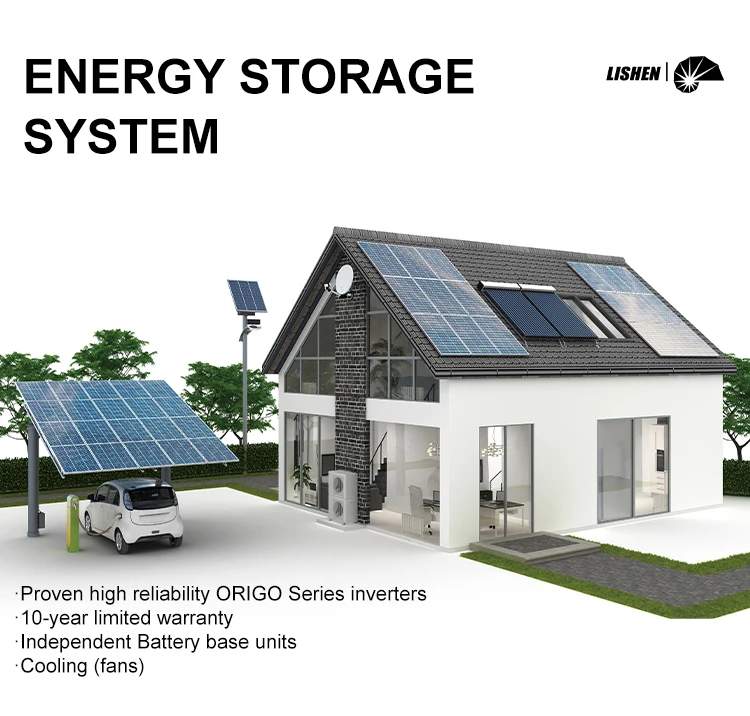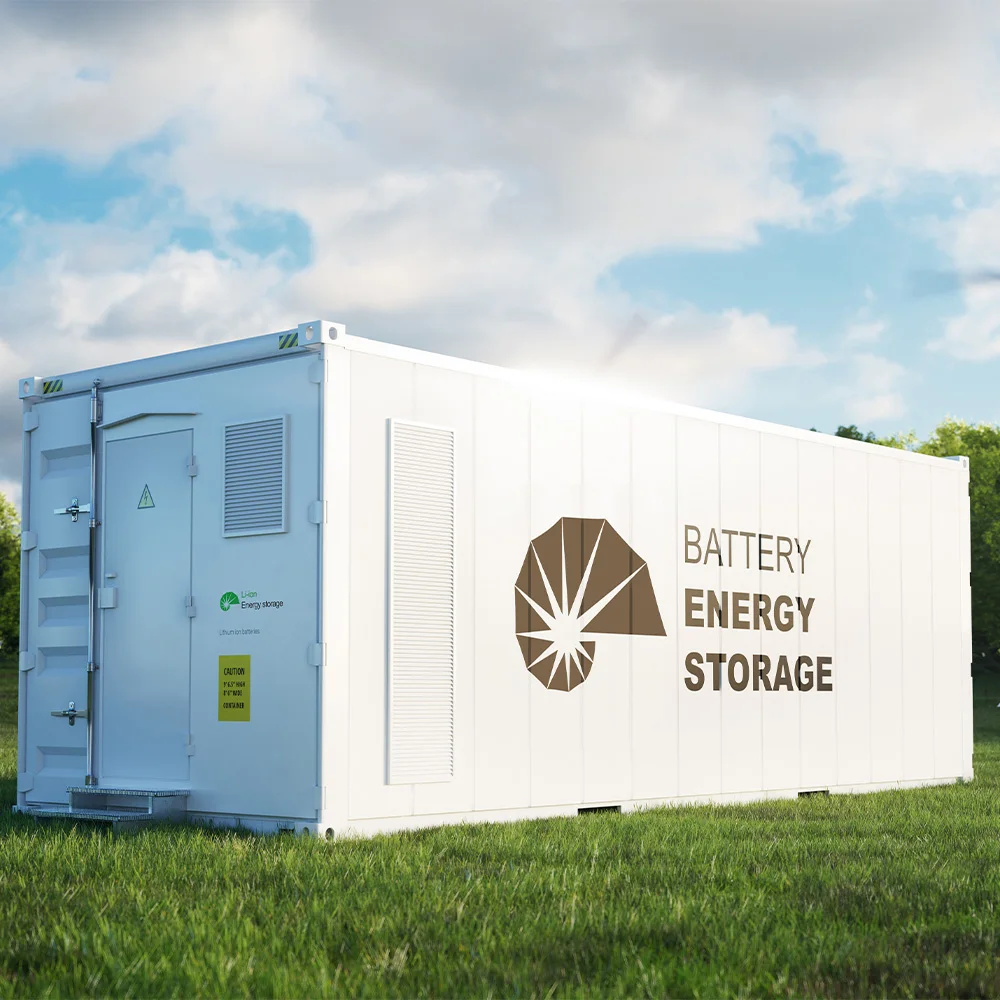Lithium-Ion Battery Care Guide
The commercial and industrial (C&I) energy storage sector is facing mounting economic and efficiency pressures, as standalone storage projects are increasingly challenged by single-source revenue models and isolated operations.
With market maturity accelerating, a growing industry consensus is forming: integrated platforms that combine generation, grid, load, and storage (commonly known as source-grid-load-storage integration) are no longer optional enhancements—they are the foundation for unlocking the full potential of energy storage.
The Bottleneck of Standalone Storage
Many C&I storage projects are stuck in the "island effect," relying solely on peak-valley arbitrage. However, with volatile electricity prices and shrinking price gaps, this revenue stream is proving insufficient. Moreover, the limited size of single storage systems restricts their ability to participate in ancillary service markets. This lack of system coordination also prevents dynamic balancing with rooftop PV and fluctuating loads, reducing energy efficiency.
Integration as the Way Forward
Integrated platforms use digital technologies to coordinate local generation (e.g., rooftop PV), storage, consumption, and grid interaction within industrial parks or corporate campuses. This coordination allows for:
Boosted efficiency and economic return: Smart charging/discharging based on local PV output maximizes self-consumption and minimizes grid reliance, lowering energy bills.
Load-side flexibility: By analyzing usage patterns and controlling adjustable loads (EV chargers, HVAC, etc.), businesses can optimize power use and avoid peak tariffs.
Dynamic local balance: Self-balancing among generation, consumption, and storage reduces impact on the grid, increases energy efficiency, and stabilizes operations.
Enhanced local resilience: During grid disturbances, critical loads can continue to be supplied via coordinated microgrid operation.
Foundation for Market Participation
Integrated systems not only serve local needs but also lay the groundwork for broader market involvement. They enable future participation in virtual power plants (VPPs) by forming dispatchable, scalable energy units with built-in control and flexibility mechanisms.
The integrated platform transforms energy storage from a passive cost-saving device into a core enabler of intelligent, dynamic, and value-driven energy ecosystems.







